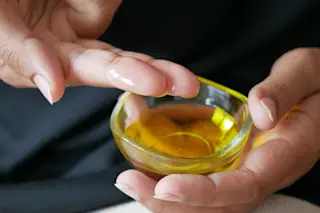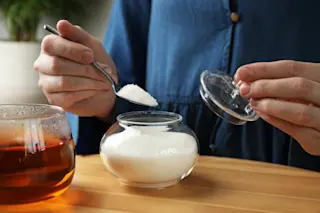Dean Cliver, an expert in food microbiology at the University of California Davis, was the OG of cutting-board research. In the early 1990s, Cliver, who died in 2011, and his colleagues set out to discover how home cooks could clean their wooden cutting boards so that wooden boards would be as safe to use as the plastic variety.
But the results of their experiments showed that the plastic boards weren’t necessarily safer than the wooden ones. Or to be more precise, under the same experimental conditions, the wooden boards harbored fewer bacteria than the plastic ones. (Science is like that. You don’t always find what you’re expecting. And if you do always find what you’re expecting, you might want to re-think your approach.)
Plastic boards are easier to sanitize. But wood has some properties that plastic doesn’t. For one thing, the woods commonly used in cutting boards are harder than ...















